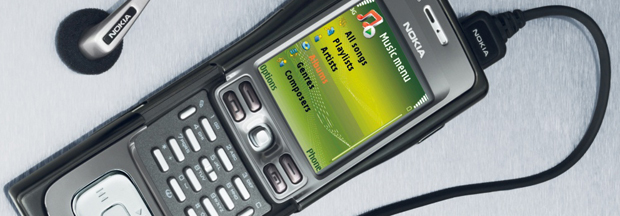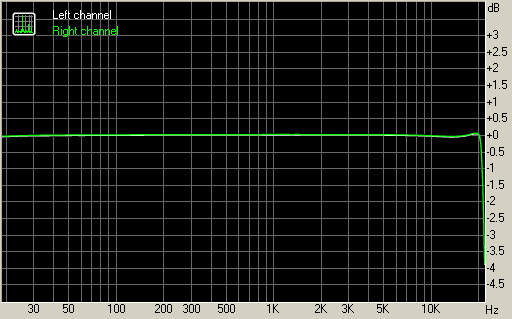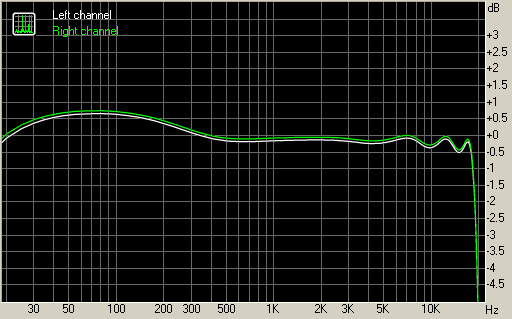Nokia, where is the next N91? [EDITORIAL]
Our audio quality test points out the iPhone 3GS as the contemporary audio quality reference. But that was until we had the chance to test a now elderly Nokia N91, which I accidentally sourced brand new from a local mobile shop. I came upon it by chance as part of a strange series of events that deserve their own blog post altogether. But I digress.

Ever since Day One, the Nokia N91 has been praised with impeccable reputation of the best sounding mobile phone ever produced (the majority of stand alone portable music players can hardly compete with it either). It has nothing to do with loudness (though boy, that thing IS loud!), but it’s the audio reproduction that draws audiophiles (and me as well).
I know, it’s too big a phone to lug around all day and it’s even not that likeable by today’s standards of thin profiles and touchscreens. But I still find it as attractive as I fancied it years ago on all those billboards and magazine ads. Heck, it doesn’t even have a QVGA resolution screen, but who cares about the screen. It’s the music soul that sets it apart.
This post is not about reviewing Nokia N91, but rather about expressing my regret about where Nokia have come to. I simply can’t get my head over why they won’t indulge music fans today the same way they did with N91 back in 2005. Wow, it’s been quite some time.
Well, there’s a lot a graph and a table full of numbers won’t tell you. I can fill in the blanks for you as I’ve gone both through the Apple iPod Touch 2G and iPhone 3GS and I find their perfect audio reproduction as cold and unwelcoming as a beach in winter, if you allow me the metaphor.
Everybody enjoys the vista of the perfect beach landscape, but when you actually go there in winter, it feels cold and uncomfortable – nothing like what it seemed from a distance. Well, it’s petty much how I felt about Apple’s music players and the iPhone 3GS frequency response curve.

Apple iPhone 3GS
Here’s the Nokia N91 frequency response graph, which has another shape. It’s not a perfect flat one, I know, as even though the equalizer enhancement is off, the low range is still pumped up.
Well, personally for me, experiencing that uneven line is like getting back to that same beach, but this time in summer. I know, it’s way too hot to be perfect, but it’s fun and the party never ends.

Nokia N91
I know that’s subjective and it’s not by the books. But that’s my main point exactly – even though the N91 may not be perfect by all those criteria, it still sounds great. And by playing with the custom equalizer presets, you can even tune it even further to match your headphones best (I certainly hope you won’t put up with the mediocre retail headset that comes in the box along with N91).
Well, maybe it was the Toshiba DAC-33 DSP chip built in the Nokia N91, the rest of the hardware, or maybe even the software, or all that put together. But the hard facts are that Nokia N91 has now been discontinued for quite some time, and there’s no multimedia smartphone fit to take its place (acoustically speaking, of course).
It makes you wonder, if for some reason Nokia is refusing to make a second N91, why wouldn’t another manufacturer. Can it be that the tech of times bygone was that better that the current one? Well, I’m not the one to give the answer here, but that’s the question I’ve got on my mind, ever since I got my hands on this old-timer.
Featured
Categories
- Mobile phones
- Mobile software
- Mobile computers
- Rumors
- Fun stuff
- Various
- Android
- Desktop software
- Featured
- Misc gadgets
- Gaming
- Digital cameras
- Tablets
- iOS
- Desktop computers
- Windows Phone
- GSMArena
com - Online Services
- Mobile Services
- Smart Watches
- Battery tests
- BlackBerry
- Social Networks
- Web Browsers
- Portable Players
- Network Operators
- CDMA
- Windows
- Headphones
- Hands-on
 Oppo R7 battery life test
Oppo R7 battery life test Xiaomi Mi 4i battery life test
Xiaomi Mi 4i battery life test Oppo R1x battery life test
Oppo R1x battery life test Lenovo A7000 Preview
Lenovo A7000 Preview HTC One E9+ performance benchmarks
HTC One E9+ performance benchmarks
Comments
Rules for posting